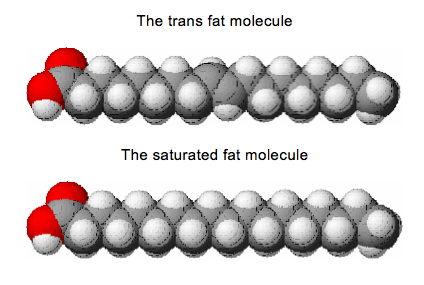Fat Molecule Picture
Ammonia is a compound of nitrogen and hydrogen with the formula NH 3.The simplest pnictogen hydride, ammonia is a colourless gas with a characteristic pungent smell. It is a common nitrogenous waste, particularly among aquatic organisms, and it contributes significantly to the nutritional needs of terrestrial organisms by serving as a precursor

Georgia Virtual Learning is your headquarters for online education from the Georgia Department of Education. Stay tuned as the program grows into your portal to various learning resources delivered by the GaDOE.


Biology Labs Online: Dennis Anderson, Professor of Biology: Measurement: Scientific Method. Organic Molecules
‘Big Picture’ is a free and impartial educational resource for biology teachers and students exploring the innovations and implications of cutting-edge science.

Mar 29, 2007 · Via Fark: a blog last week remarked about McDonald’s chicken products, quoting The Omnivore’s Dilemma:: But perhaps the most alarming ingredient in a Chicken McNugget is tertiary butylhydroquinone, or TBHQ, an antioxidant derived from petroleum that is either sprayed directly on the nugget or
Aromatic Rings. Aromatic rings (also known as aromatic compounds or arenes) are hydrocarbons which contain benzene, or some other related ring structure.Benzene, C 6 H 6, is often drawn as a ring of six carbon atoms, with …



Through NSTA, you’ll find leading resources for excellence in teaching and learning and experience growth through robust professional development. Plus you’ll meet colleagues across all science disciplines, all grade bands and teaching stages, from the newest teacher to the veteran administrator, who share a passion for science education.
2. Soaps and Detergents. Carboxylic acids and salts having alkyl chains longer than eight carbons exhibit unusual behavior in water due to the presence of both hydrophilic (CO 2) and hydrophobic (alkyl) regions in the same molecule.


Summary of Important Health Benefits of Grassfed Meats, Eggs and Dairy . Lower in Fat and Calories. There are a number of nutritional differences between the meat of pasture-raised and feedlot-raised s.
You will learn how to test for each of these organic molecules by clicking on the boxes below. Complete each of the tests for carbohydrates, proteins and fats.
